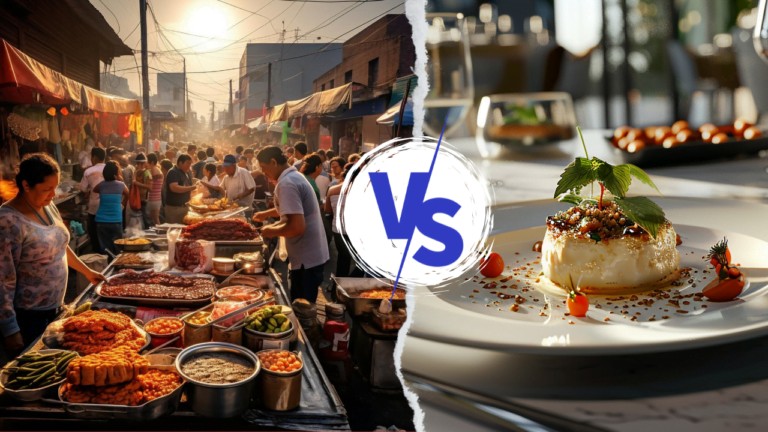Food is more than just sustenance; it’s an experience, a journey through culture and history, and a personal pleasure. When it comes to dining preferences, one of the most intriguing dilemmas is choosing between the vibrant, accessible world of street food and the refined, meticulously crafted realm of gourmet meals. with DilemmaBox this article dives deep into the debate of “Would You Rather: Eat Street Food or Gourmet Meals?” by examining the allure, benefits, and challenges of each option. DilemmaBox exploring real-life examples, consider various perspectives, and offer insights that could help you make your choice.
The Allure of Street Food: A Culinary Adventure on Every Corner
Street food is the heartbeat of many cities around the world. From the bustling food stalls in Bangkok to the taco stands in Mexico City, street food offers an authentic taste of local culture and tradition. It’s often inexpensive, delicious, and provides an immediate connection to the local community.
The Authenticity Factor
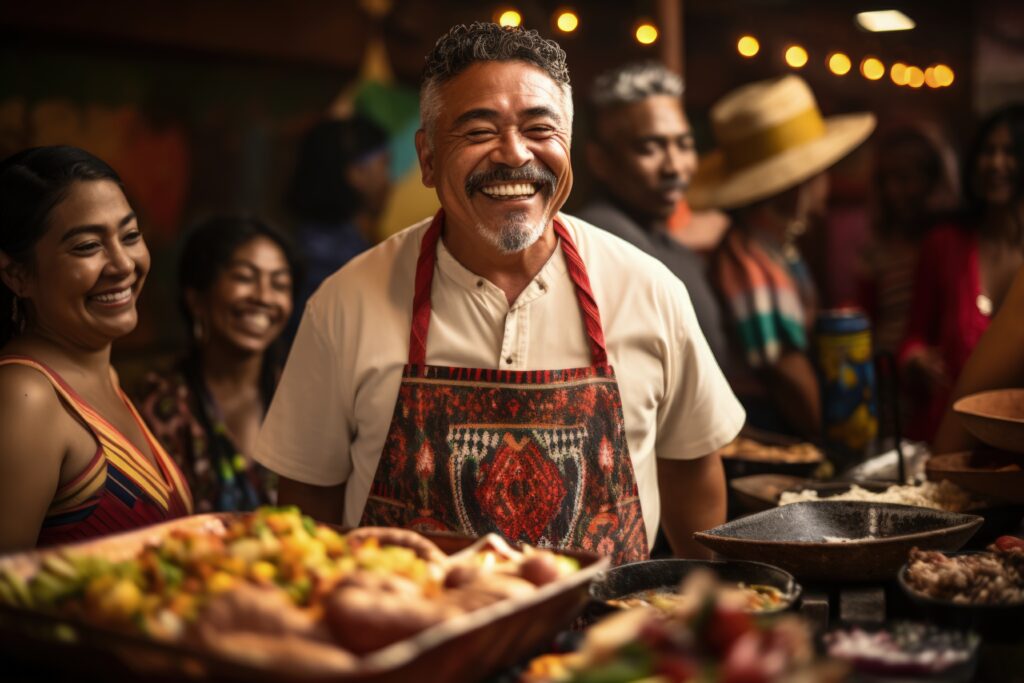
Street food is renowned for its authenticity. The recipes are often passed down through generations, maintaining a traditional preparation that has been perfected over time. When you eat street food, you are tasting a piece of history. For instance, in India, the street vendors selling chaat have recipes that are centuries old. These dishes are not just food but a storytelling medium that connects the past to the present.
Economic Benefits
Street food is typically more affordable than gourmet meals, making it accessible to a broader audience. This affordability doesn’t compromise quality; in fact, some of the best dishes you’ll ever taste can be found on the streets. Consider the case of Bangkok, where Michelin-starred street food vendors like Jay Fai serve incredible dishes at a fraction of the cost of high-end restaurants.
Community and Social Interaction
Eating street food is often a social experience. It brings people together, whether it’s locals sharing a meal or tourists mingling with residents. The communal nature of street food markets fosters a sense of community and belonging, which is a significant aspect of its charm. In cities like New York, food trucks have become social hubs where people from all walks of life gather to enjoy diverse culinary offerings.
Health and Safety Concerns
One downside to street food is the potential for health and safety concerns. In some places, food hygiene standards may not be as strictly enforced as in gourmet restaurants. This can lead to foodborne illnesses if the food is not prepared or stored properly. For example, while enjoying street food in Vietnam, travelers must be cautious about the cleanliness of the stalls they choose to eat from.
The Prestige of Gourmet Meals: A Symphony of Flavors and Techniques
On the other end of the spectrum, gourmet meals represent the pinnacle of culinary art. Gourmet cuisine is characterized by high-quality ingredients, innovative techniques, and exquisite presentation. Dining in a gourmet restaurant is not just about eating; it’s about experiencing the art of food.
The Art of Presentation
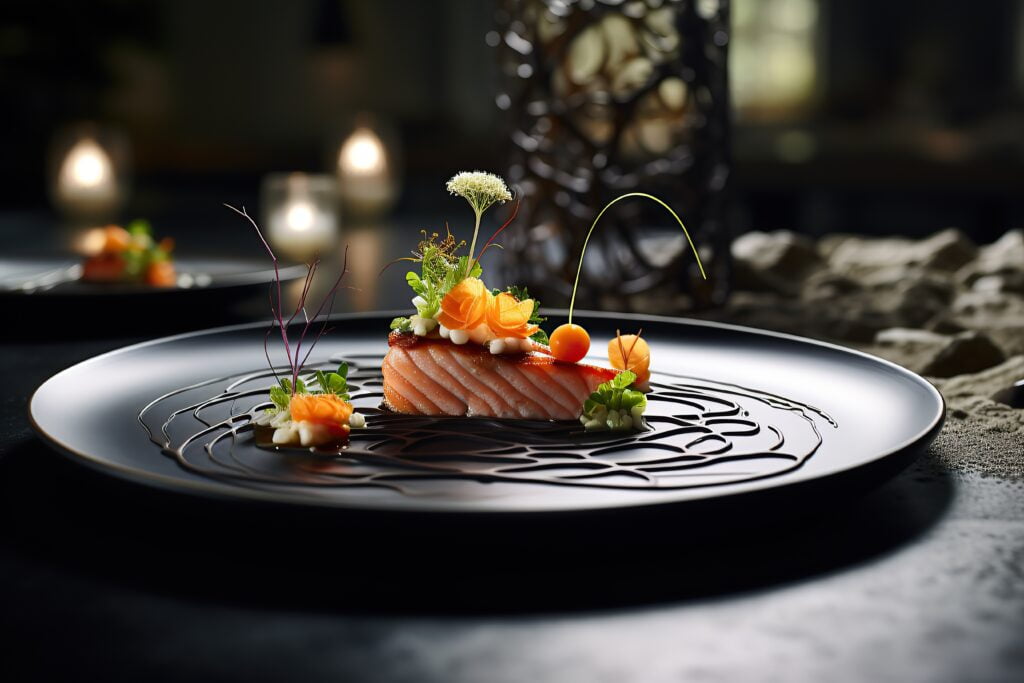
Gourmet meals are often works of art. Chefs in high-end restaurants spend years perfecting their craft, creating dishes that are visually stunning and gastronomically delightful. The presentation is meticulous, turning each plate into a visual masterpiece. For instance, at The French Laundry in Napa Valley, Chef Thomas Keller’s dishes are as beautiful as they are delicious, each one meticulously designed to delight all the senses.
Superior Ingredients
Gourmet restaurants pride themselves on using the best ingredients available. These establishments often source their ingredients from local farms or specialty suppliers to ensure the highest quality. This focus on premium ingredients translates into exceptional flavors and textures that are hard to replicate. At Noma in Copenhagen, for instance, Chef René Redzepi uses locally foraged ingredients to create unique, seasonally inspired dishes that are unparalleled in their freshness and taste.
Culinary Innovation
Gourmet cuisine is at the forefront of culinary innovation. Chefs in these restaurants are constantly pushing the boundaries of what’s possible with food, experimenting with new techniques and flavor combinations. This innovation results in dishes that are not only delicious but also groundbreaking. El Bulli, the now-closed restaurant in Spain, was famous for its molecular gastronomy, where Chef Ferran Adrià created revolutionary dishes that changed the culinary world.
The Price Tag
However, gourmet meals come with a hefty price tag. Dining at a high-end restaurant is often a significant financial commitment, which can be a deterrent for many. For example, a meal at Osteria Francescana in Italy, helmed by Chef Massimo Bottura, can cost several hundred dollars per person. This exclusivity can make gourmet dining an occasional treat rather than a regular occurrence for most people.
Real-Life Examples: Street Food vs. Gourmet Meals
To better understand the appeal and challenges of both street food and gourmet meals, let’s look at some real-life examples from around the world.
Street Food: Tokyo’s Tsukiji Fish Market
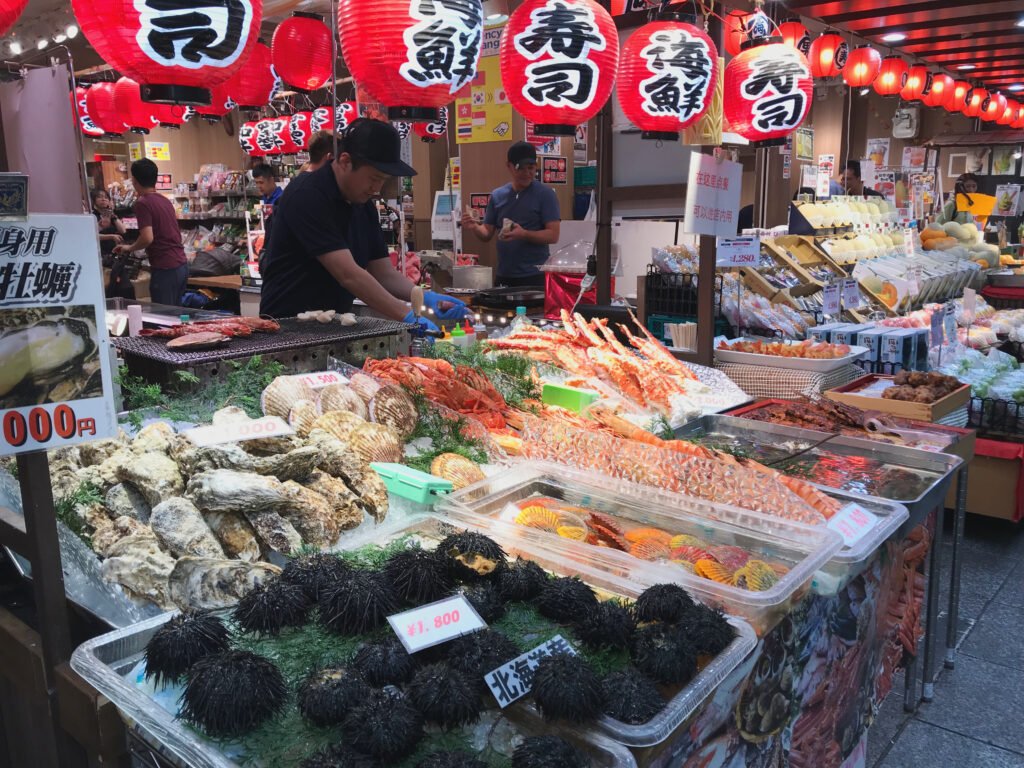
Tokyo’s Tsukiji Fish Market is a haven for street food lovers. Here, you can find an array of fresh seafood, from sushi to grilled octopus. The market’s bustling atmosphere and the sight of chefs preparing food in front of you add to the overall experience. Despite the market’s relocation and modernization, it retains its charm and continues to attract food enthusiasts from around the globe.
Gourmet Meals: Eleven Madison Park in New York
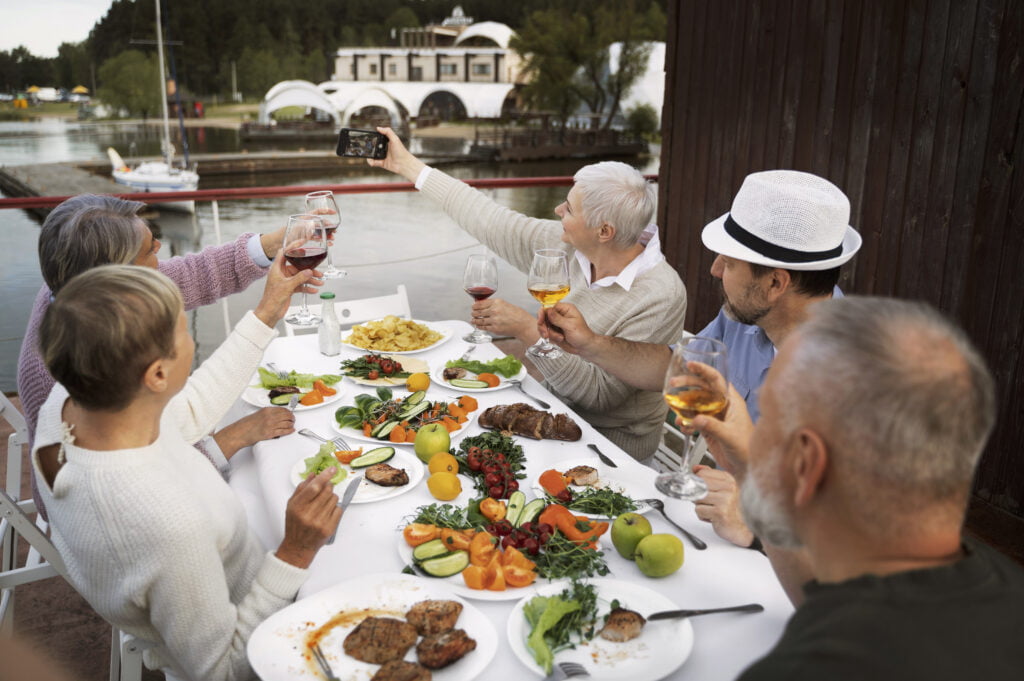
Eleven Madison Park, a three-Michelin-starred restaurant in New York City, is renowned for its sophisticated, multi-course tasting menus. Each dish is a testament to culinary excellence, featuring creative presentations and impeccable flavors. The restaurant’s dedication to perfection and innovation has earned it numerous accolades, making it a must-visit for gourmet dining aficionados.
Street Food: Mexico City’s Taco Stands
Mexico City is famous for its vibrant street food scene, particularly its taco stands. Here, you can savor a variety of tacos, from al pastor to barbacoa, each offering a burst of authentic Mexican flavors. The casual, street-side setting allows diners to enjoy their food amidst the city’s lively atmosphere, making it a quintessential street food experience.
Gourmet Meals: The Fat Duck in the UK
The Fat Duck in Bray, UK, helmed by Chef Heston Blumenthal, is known for its avant-garde approach to cuisine. The restaurant offers a unique, immersive dining experience where each dish tells a story. From nitro-poached aperitifs to snail porridge, The Fat Duck challenges conventional culinary norms and provides diners with a memorable gourmet journey.
Balancing Act: The Best of Both Worlds
While street food and gourmet meals each have their distinct advantages, some dining experiences strive to offer the best of both worlds.
Pop-Up Restaurants and Food Trucks

Pop-up restaurants and gourmet food trucks have become increasingly popular, blending the casual appeal of street food with the quality and creativity of gourmet cuisine. These mobile eateries often feature renowned chefs who bring their culinary expertise to the streets. For example, Roy Choi’s Kogi BBQ truck in Los Angeles serves high-quality Korean-Mexican fusion dishes at street food prices, making gourmet flavors accessible to a wider audience.
Fusion Restaurants
Fusion restaurants combine elements of street food and gourmet dining to create innovative and exciting menus. These establishments take inspiration from street food traditions while incorporating the techniques and presentation of gourmet cuisine. Momofuku Noodle Bar in New York, founded by Chef David Chang, is a prime example. The restaurant offers dishes like ramen and pork buns that are deeply rooted in street food culture but elevated with gourmet flair.
Street Food-Inspired Gourmet Menus
Some gourmet restaurants draw inspiration from street food to create unique dining experiences. They incorporate the flavors and techniques of street food into their menus, offering a refined take on traditional dishes. At Per Se in New York, Chef Thomas Keller has been known to include street food-inspired dishes in his tasting menus, providing a nod to the humble origins of these flavors while presenting them in a gourmet context.
The Final Decision: Which Would You Rather?
Choosing between street food and gourmet meals ultimately comes down to personal preference. Both offer unique experiences and distinct advantages. Street food provides a direct connection to local culture, affordability, and a sense of community. On the other hand, gourmet meals offer culinary innovation, superior ingredients, and an artistic presentation that elevates dining to a form of art.
Consider Your Priorities
When deciding between street food and gourmet meals, consider what aspects of dining are most important to you. If you value authenticity, cultural immersion, and affordability, street food might be your preferred choice. However, if you seek culinary excellence, innovative flavors, and a luxurious dining experience, gourmet meals could be more appealing.
Experiment and Explore
Why limit yourself to just one option? Embrace the diversity of culinary experiences available to you. Travel the world, explore different food markets, and dine at renowned restaurants. Each experience will enrich your understanding and appreciation of food, allowing you to enjoy the best of both street food and gourmet cuisine.
Conclusion
The debate of “Would You Rather: Eat Street Food or Gourmet Meals?” highlights the diverse and vibrant world of food. Both street food and gourmet meals offer unique experiences that cater to different tastes and preferences. By understanding the allure and challenges of each, you can make informed choices that enhance your culinary journey.
FAQ
- What is the main difference between street food and gourmet meals? Street food is typically more affordable, authentic, and accessible, offering a direct connection to local culture. Gourmet meals, on the other hand, focus on high-quality ingredients, innovative techniques, and artistic presentation.
- Are street food and gourmet meals equally safe to eat? Street food can sometimes pose health and safety concerns due to varying hygiene standards. Gourmet meals are usually prepared in controlled environments with strict hygiene practices. However, it’s essential to choose reputable street food vendors and restaurants to ensure food safety.
- Can street food be considered gourmet? Yes, many modern culinary trends blend street food with gourmet techniques, creating high-quality dishes that offer the best of both worlds. Examples include gourmet food trucks and fusion restaurants.
- Is street food always cheaper than gourmet meals? Generally, street food is more affordable due to lower overhead costs and simpler preparation methods. However, some high-end street food vendors offer premium dishes at higher prices.
- Which option is better for a unique dining experience? Both street food and gourmet meals offer unique experiences. Street food provides a lively, cultural experience, while gourmet meals offer a refined, artistic dining experience. Your choice depends on your personal preferences.
- How can I enjoy both street food and gourmet meals? Travel and explore different food cultures. Visit street food markets and high-end restaurants. Embrace pop-up restaurants and food trucks that offer gourmet dishes at street food prices for a balanced culinary experience.

